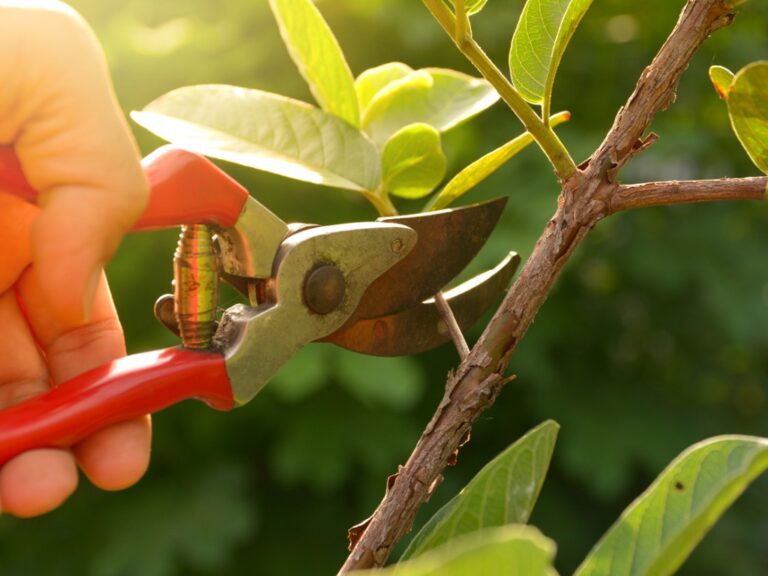We often forget what the value of trees is, and ornamental trees are the main of every garden. Care and pruning are of great importance if you want your garden to look beautiful. However, many of us think that it is easy to do it on our own – which is not true. We will point you to 4 common pruning mistakes that homeowners usually make.
Maintaining Trees In Our Garden Also Involves Pruning
In addition to the benefits of fruits, flowers, colorful leaves, and pleasure on hot days – different types of trees enrich the look of your garden. Each of us loves nature and we love to be surrounded by greenery. Sometimes we have a lot of planted trees in the yard. At first, we’ll think it’s great – but have you ever thought that trees can be a problem? Namely, although they are not very demanding, this does not mean that the trees do not require certain maintenance during the year. Here we primarily mean pruning.
Pruning Truly Is A Necessity
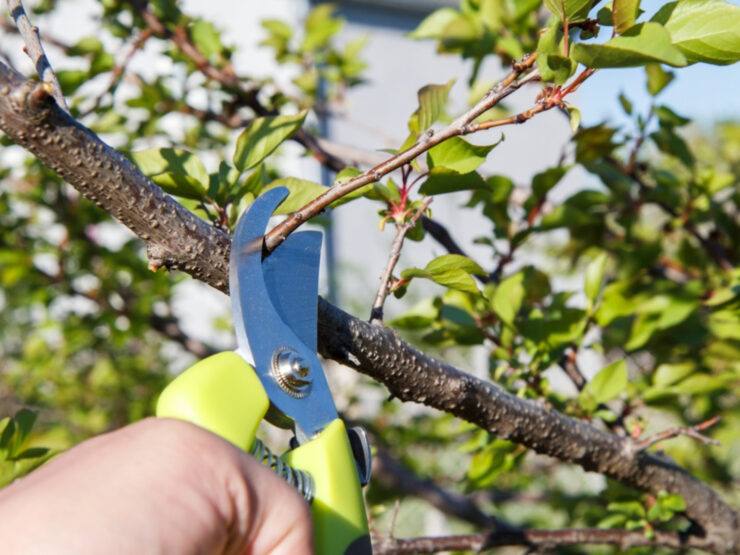
Although we are sometimes sentimental when it comes to pruning branches or even cutting down a tree – this is wrong, because in some cases it just has to be done. When it comes to pruning trees, it is healthy and beneficial for the plants – so next season you will be enjoying the trees in the yard. Pruning is a procedure that is necessary from time to time. It is the process of removing a certain tree branch or more of them – so the plant stays healthy and your home stays safe. And what are the most common mistakes we make when pruning trees?
Typical Pruning Mistakes Made By Homeowners
Most homeowners with a garden think they know enough about maintenance. Many of us indeed know something about gardening, landscaping, and plant maintenance – but we are not always skilled in everything. Sometimes, when it comes to larger trees, we may face challenges we are not up to. The tree may be too large, dried, or rotten. Also, there is a difference in pruning the fruit trees, wooden plants, or evergreens. Also, you need to know when is the best time to prune, how much you need to prune the branches, how to form a canopy, or how to protect the tree after pruning. That is why, when we do everything ourselves – some mistakes happen. Here are some typical mistakes we make.
1. Not pruning trees on time
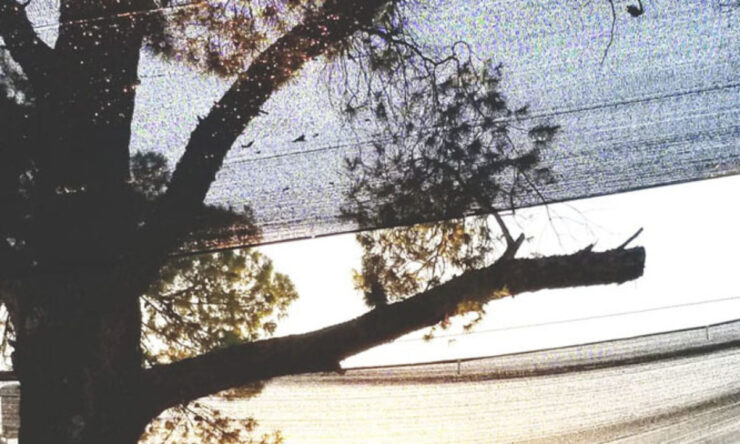
The best time for pruning trees is the moment before the vegetation moves – which we call the dormancy period. It is usually in March, but you should not be tied to calendar dates – because the weather conditions are different every year and it’s depending on the place where you live. At this moment, after pruning, there will be no leakage of juice, but if that happens, it will not harm the plant in many ways.
At the end of the dormancy period, all leaf-decorative species are pruned, as well as the herbaceous parts of the branches to the wooden ones. Avoid pruning in rainy weather and strong winds, for personal safety and the spread of infection. Plants that bloom in early spring have prepared their flower buds in the fall – so they should be pruned after flowering. Conifers can be pruned throughout the year.
2. You don’t call professionals for help
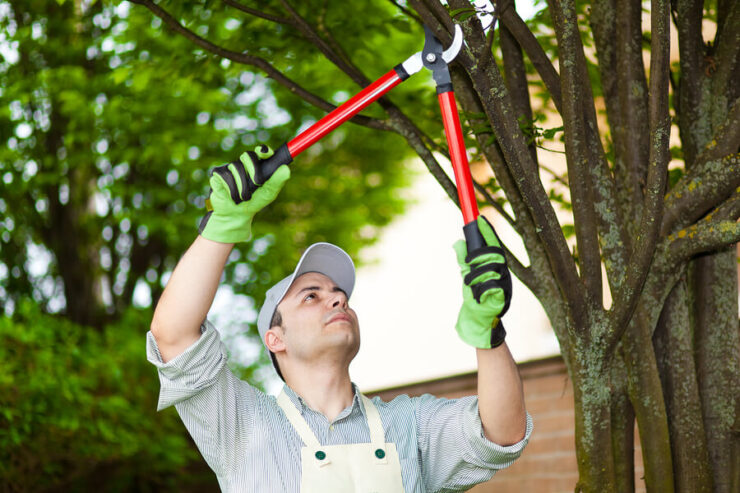
This is a very common situation. For example, you have a tree on your property that may endanger your house, windows, power lines, etc. Sometimes, it happens that the tree is very old and rotten and there is a possibility of natural felling. Then, it is quite certain that you will have to prune old branches or even cut the tree. It is a huge mistake to think you can do it by yourself! That way, you can endanger your property or even people around – including yourself.
For serious situations like these, it is quite certain that you need help from a professional tree service. Professionals know all the rules of controlled pruning – and you can read more about how they do felling, cutting of trees, etc. That way, you will see that it is not something you can do by yourself. Besides, they also use appropriate mechanization, equipment, and protection – for both people and facilities.
3. You don’t use adequate pruning tools
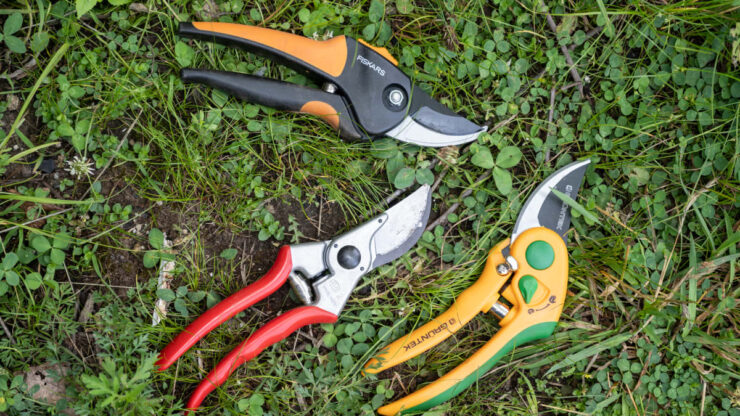
Pruning is a very important operation for the maintenance of ornamental trees, shrubs, or other plants in our gardens. Pruning is not just some technique that promotes proper tree growth – but it is much more than that. It’s just art. For proper pruning, we need high-quality tools, comfortable to grip. They can vary depending on the thickness and location of the branch to be pruned. There are various types of scissors, cutters, axes, or chainsaws. However, most homeowners do not own all of these tools. Therefore, it often happens that with some unadjusted tool we only damage the tree – so the desired result will be missing. That’s why you should try to avoid mistakes like this. Either get the right tools – or call a tree service to do it for you.
4. You don’t perform protection of the tree cut after pruning
When pruning a slightly larger tree during regular pruning, it is important to protect it. It’s like with humans. So when a plant is cut, this is a wound that needs to be healed. First, it is important to make a good cut, that should be flat, slightly sloping – so that the water flows instead of soaking the tree. Then, we should protect it. We don’t need to do it on every branch that was cut. Just treat those larger branches that are one finger thick (or more). The most commonly used agent for coating cross-sections is grafting wax for trees. That is a balm that can be used to treat cross-sections. If we use wax, we should know that there are two types. Wax in a solid and liquid state. It is best to coat the plant immediately after cutting, but it can last a day or two. After two, three weeks – it’s too late.
You Need To Know Why Pruning Trees Is Significant
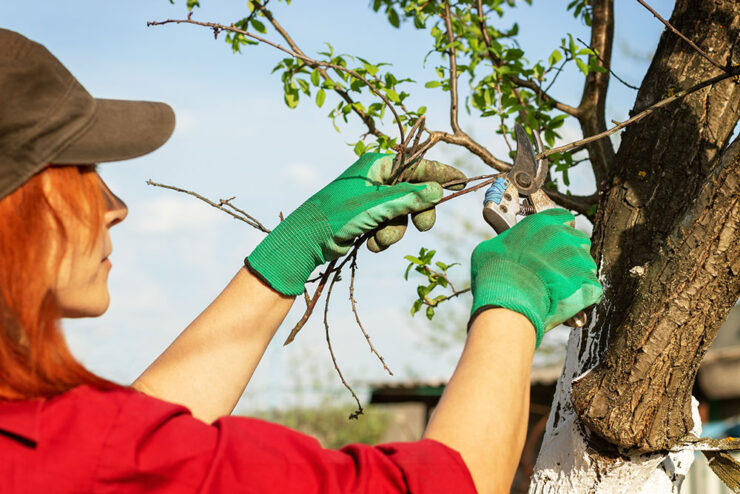
Pruning trees is certainly of great importance, especially for plant health. Young trees and shrubs need to be pruned to create the desired shape – but also to develop a strong, uniform tree base. In the case of older grown plants, the purpose of subsequent pruning is to maintain the health and shape of the plant – as well as to ensure a good yield.

